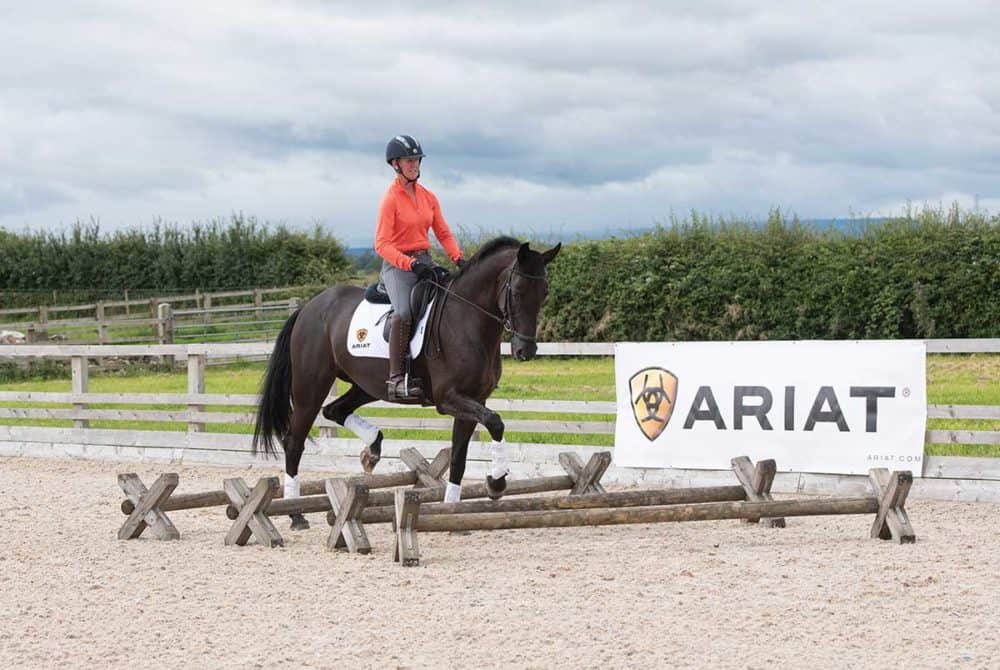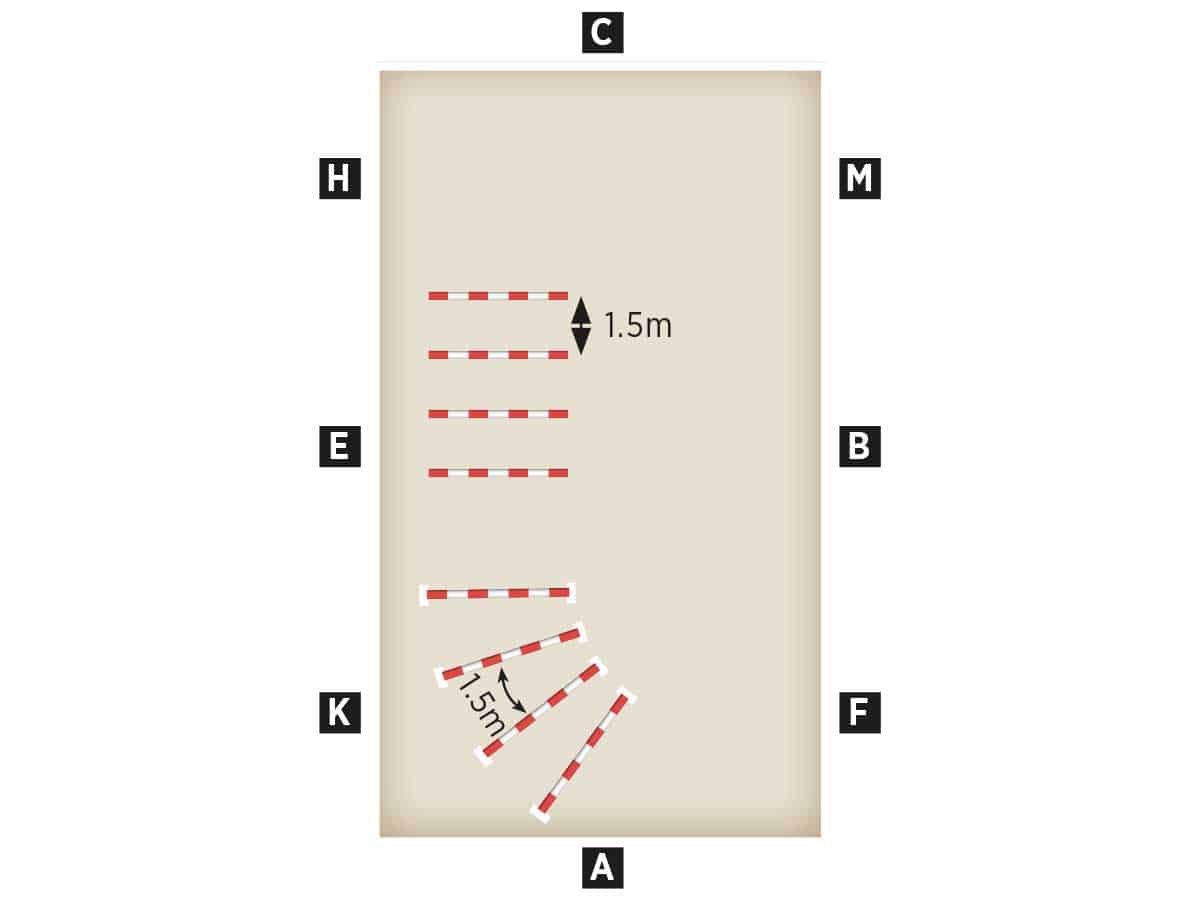Transferable skills with Nicola Wilson
Posted 9th November 2020
Is your dressage training lacking a bit of oomph? Top eventer Nicola Wilson shows you how to find the fun again – by using it to develop your jumping skills

For many eventing enthusiasts, dressage can feel like something to be endured rather than embraced. But instead of thinking of it as something to muddle through so you can get to the fun stuff, treat it as the foundation that ensures you’re able to put it all together whether you’re between the boards or the flags.
There are some key qualities you need to be able to cultivate that’ll serve you well in any phase, at any level. These are rhythm, balance, impulsion, suppleness and contact – basically, the core of the scales of training – and if you can develop them in your work with your horse, you’ll create rideability, confidence and eventually, success.
Exercise: From pole to pole
Set it up: You’ll need six to eight poles or cavaletti frames, plus blocks to raise three or four of the poles. Set up a line of three or four poles on the long side, each 1.5m apart, and a few strides further along, place three or four poles, raised at both ends, on a curving line that takes you onto a circle. The distance between each pole will once again be 1.5m, measured from the middle of each pole.

What it does: Lines of poles – straight or curved, raised or not – are a great way to help your horse find a natural rhythm, balance and collection. These are important qualities for him to find in himself for a few reasons – first, dressage judges can always tell when a rider is holding their horse together and muscling their way through a test, and second, allowing him to understand his own body and develop strength and confidence in it is a great way to begin to install that elusive ‘fifth leg’ that event riders often talk about.
Ride it: This simple set-up works so well because it can be taken apart or strung together however you please. The line of poles will encourage you to ride super straight in a methodical rhythm, while the curving, raised poles increase the intensity, test your ability to stick to your line and encourage natural engagement and collection. Work through them in trot separately and together, in both directions, and incorporate them into your schooling session to help solidify those fundamentals I mentioned earlier.
Pick up a copy of January Horse&Rider, on sale 12 November, for more great exercises from Nicola Wilson.










